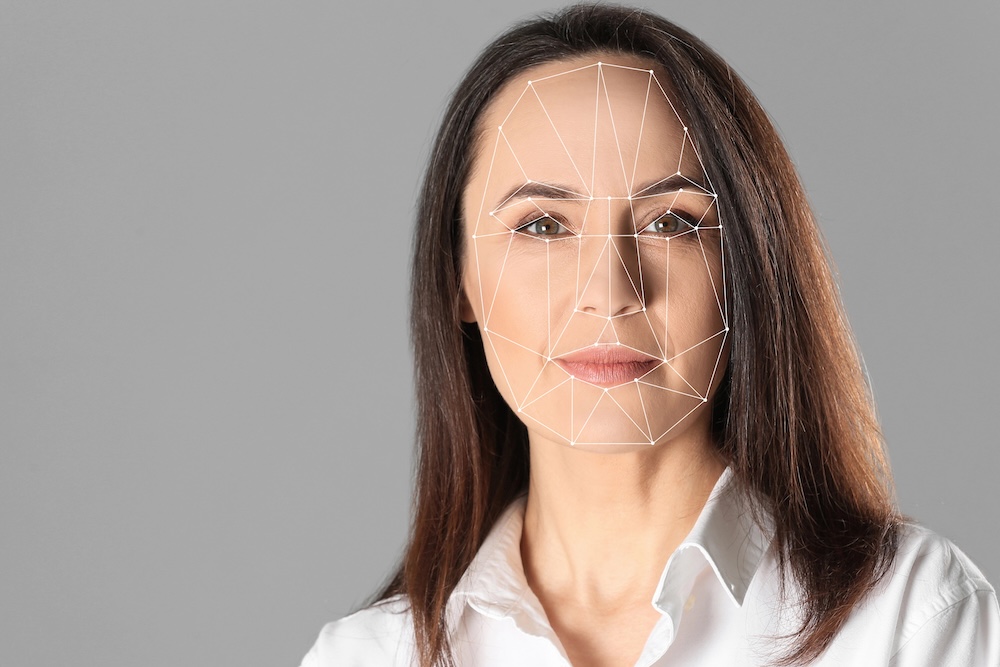Dutch forensic experts develop deepfake video detector

The Netherlands Forensic Institute (NFI) has developed a new method to identify deepfake videos — by detecting subtle changes in facial colour caused by a person’s heartbeat.
The technique, which the NFI calls “blood flow detection”, uses advanced image analysis to identify tiny variations in skin tone created by the pulse. It will be formally presented next week at the European Academy of Forensic Science conference in Dublin.
“Forensic research into deepfakes is more urgent than ever,” Zeno Geradts, a digital forensic investigator at the NFI and professor of forensic data science at Amsterdam University, told the Telegraaf. “Sometimes I worry that soon everything will be seen as fake. What, then, is still real?”
The method is not yet fully validated for use in court cases, but can already be deployed in individual investigations as a supporting technique. According to the NFI, demand for deepfake analysis is expected to rise sharply in the coming years.
Deepfakes — videos digitally manipulated to make someone appear to say or do something they did not — can create major problems, from reputational damage through fake porn to public unrest.
“Artificial intelligence can do a lot, but it still cannot generate a convincing pulse,” Geradts told the paper. “In real video, you can detect blood flow around the eyes, forehead and jaw — that’s what’s missing in deepfakes.”
The idea for blood flow detection goes back 13 years, when the NFI was asked to assess videos that appeared to show people being abused or killed.
Geradts came across a study from the Massachusetts Institute of Technology, which showed that a heartbeat could be measured from facial blood vessels in a video. At the time, poor video quality made this impractical — but improved resolution and AI tools now make it possible.
In recent tests, volunteers were filmed while wearing smartwatches and heart monitors. Their heart rates were then compared with facial colour changes across 79 points, under a range of lighting and movement conditions. The results were described as “very promising”.
Other methods
While the method is not yet in routine forensic use, Geradts believes this will change. “It’s just a matter of time. We have to keep finding new ways to spot deepfakes. If people no longer believe what they see, that’s a serious problem.”
The NFI has already developed other techniques for verifying videos, such as Electric Network Frequency — which links light flicker patterns in a video to the power grid — and Photo Response Non-Uniformity, which identifies a camera’s unique signature based on image pixels.
Geradts stressed that no single method is foolproof. “We need to combine different approaches. We’ve built a toolbox full of instruments. The more signals we can detect, the better we can assess a video’s authenticity.”
Thank you for donating to DutchNews.nl.
We could not provide the Dutch News service, and keep it free of charge, without the generous support of our readers. Your donations allow us to report on issues you tell us matter, and provide you with a summary of the most important Dutch news each day.
Make a donation